Finding the best brandy — Cognac, Armagnac, weinbrand, or otherwise — might feel a little daunting. There’s a ton of it on the shelf from all over Europe and the U.S. It’s a wide category with a lot of variation based on a wine distillate aged in oak. A great way to help you sort through it all is to provide some context and recommendations, and I’m doing just that today with a blind taste test of well-known American and French brandy brands.
Before we dive in, let’s talk a little about what brandy is. As mentioned above, we’re dealing with an oak-aged spirit that’s made from wine (a ton of grape varietals are in play here so I won’t list them all, otherwise we’ll be here all day). That aged distillate tends to hover around 80 proof, or 40 percent ABV. When it comes to regionality, think of wine regions. Most major world wine regions make brandy in one way or another — France, Spain, Germany, Chile, the U.S., etc. Then there are the regional designations. Cognacs and Armagnacs have to come from Cognac and Armagnac, in France. That means all Cognacs and Armagnacs are brandies but not all brandies are Cognacs or Armagnacs in the same way not all whiskeys are bourbons (but all bourbons are whiskeys).
And all of those intricacies come before we even get into Maisons, casks, and terroir. But we’ll save those lessons for another day.
For this tasting, I’m grabbing some great bottles off of my shelf and putting them up against each other in a blind taste test. While I tend to focus my work on whiskey, I’m also a spirits judge for international competitions where I judge everything from whiskey to vodka to rum to, yes, brandies. So for this blind tasting, I’m focusing on the flavor alone and ranking these bottles according to the most enticing taste. I chose bottles that hit the mid-range from around $30 to $60 per bottle with a cheap ringer thrown in to see how it lands — meaning you should be able to find these fairly easily.
Our lineup today is:
- Ciroc VS French Brandy
- Bisquit & Dubouche Cognac VSOP
- Remy Martin Cognac VSOP
- Omage XO American Hand-Crafted Brandy
- St-Remy Signature French Brandy
- Korbel Brandy
- Hennessy VS Cognac
- D’Usse Cognac VSOP
Let’s dive in!
Also Read: The Top 5 UPROXX Bourbon Posts Of The Last Six Months
- We Blind Tasted A Whole Bunch Of $30-60 Bourbons To See If Any Could Beat Weller
- We Blind Tasted Classic Bourbons And Were Shocked By The Winner
- The Best Ten-Year-Old Bourbon Whiskeys, Tasted Blind And Ranked
- We Tasted Bourbon Whiskeys ‘Double-Blind’ And Tried To Guess Each Bottle
- All The Double Gold-Winning Straight Bourbons From This Year’s San Francisco World Spirits Competition
Part 1: The Tasting

Taste 1

Tasting Notes:
The nose opens with a creamy sense of Nutella that leans a little nuttier than chocolatey with a hint of soft orchard wood, grape skins, and a whisper of vanilla husk. The palate is full of lush dark chocolate with a layer of dried red berries swimming in vanilla cream with a flake of salt and a hint of wet oak. The end leans into red fruit leather with a final dusting of dark chocolate just kissed with vanilla.
This is a pretty damn nice place to start. This felt classic while taking me somewhere.
Taste 2

Tasting Notes:
Hints of tannic oak mingle with vanilla candies and a dash of winter spice in a plum jam on the nose. A twinge of dried roses leads the palate as layers of orchard fruit skins mix with apricot jam, woody cinnamon sticks, and a hint of sour cherry. A minor note of salt arrives to counter that sour cherry late as gooseberries and warming spices round out the finish.
The end of this gets a little warm and pushes the fruitiness out a bit. Still, this was pretty easy drinking overall.
Taste 3

Tasting Notes:
The nose is balanced between soft florals and a rich nuttiness with echoes of old oak and mashed berries on a hot day. The palate feels classic with bright, sweet, and tart fruit mixing with dry woody spice, a touch of leather, and sweet vanilla. The end is short and sweet with a fruit/nut/vanilla vibe.
This was pretty nice. I can see it being beaten though.
Taste 4

Tasting Notes:
This opens with a hint of floral honey next to apple and pear and maybe some vanilla sauce with a hint of poppy seed. The palate is lush and layers in woody spice with an even warmth next to soft red berries, a tad more pear flesh, and a little green tea. The end sweetens and fades out pretty quickly leaving you with a touch of oak and toffee.
This is pretty nice as well. It’s a little thin on the end but solid otherwise.
Taste 5

Tasting Notes:
The nose opens with a hint of old wood that’s wet and somehow slightly grainy (there’s no grain in this, obviously) countered by a minor note of grape must and vanilla. That wet oak carries onto the palate and mixes with light winter spices, a hint of raisin, and green orchard leaves. The end is light and touches on a whisper of orange and lemon citrus oils.
From my notes: “This feels young and a little thin.”
Taste 6

Tasting Notes:
This smells cheap with almost dirty grape must mingling with butterscotch and bitter fruit seeds. The taste is elevated far above the nose with a matrix of cinnamon and clove next to sweet cherries and orange zest. By the end, this feels like a proto old fashioned in the glass — which means this must be Korbel.
This tastes like it was made to be mixed. It’s not bad but it’s really not great neat.
Taste 7

Tasting Notes:
Rich chocolate and marzipan lead the way on the nose with a good line of ripe red fruits leaning toward black cherry and blackberry. The palate is lush but light with those bright fruits leading your senses toward a hint of cinnamon and clove wrapped in old leather with a twinge of oak in the background. The end brings back the choco-marzipan vibe with a whisper of red berries sourness.
This was pretty damn good.
Taste 8

Tasting Notes:
This starts off very similarly to the last pour with dark and rich chocolate and marzipan but carries on toward old soft leather and mild Christmas cake spices with a hint of vanilla and candied fruit. The taste mingles soft vanilla pods with buttery toffee and woody spices as the fruitiness shines a ray of sunshine through the whole sip. The end has a good sense of dark chocolate and almond with a hint of black tea bitterness rounding everything out.
This is a clear winner. This is just delicious, deep, and enticing.
Part 2: The Ranking

8. Korbel Brandy — Taste 6
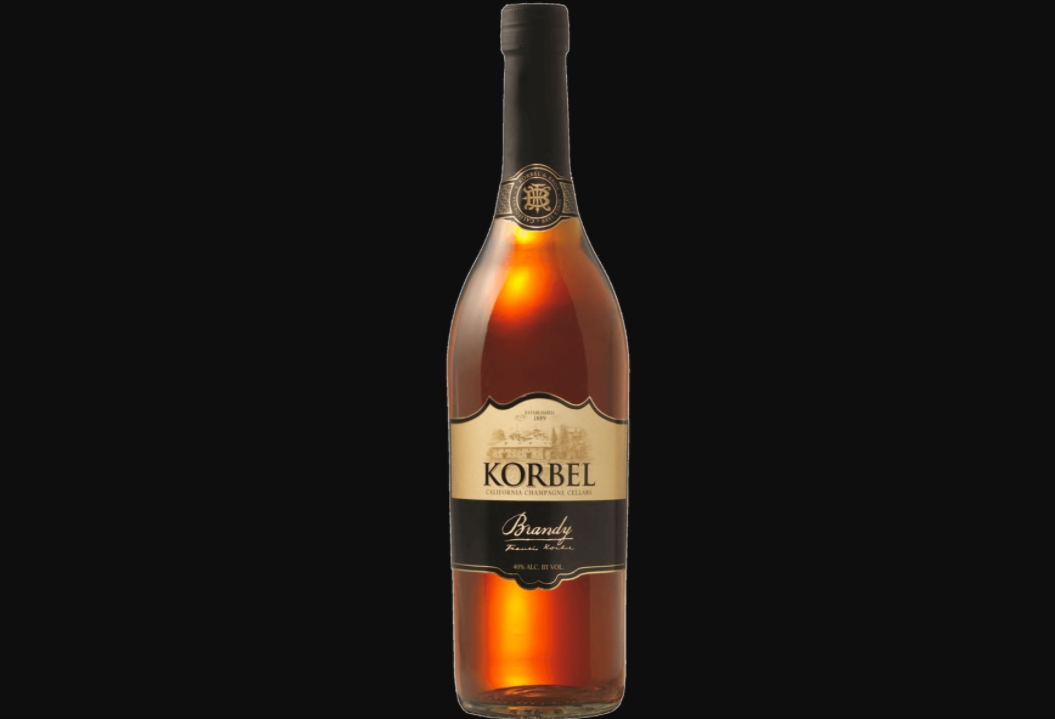
ABV: 40%
Average Price: $11
The Brandy:
This California brandy is crafted as a mixer. The juice is Sonoma wine that’s distilled and then aged for two years in American oak. The barrels are then blended and proofed for maximum mixability.
Bottom Line:
Called that. This really does end up tasting like a base for an old fashioned, which is what the brand has leaned into over the decades. So … use it for that.
7. St-Remy Signature French Brandy — Taste 5
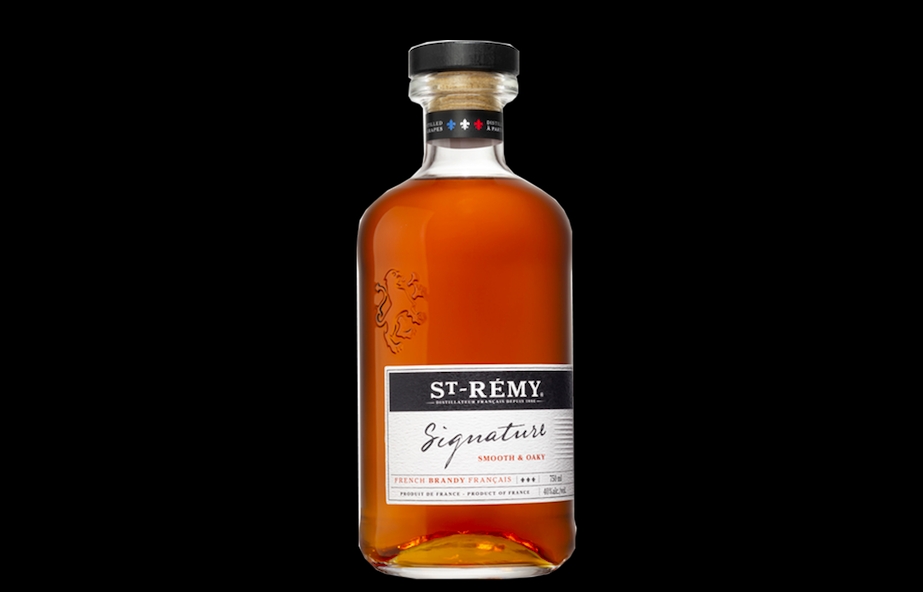
ABV: 40%
Average Price: $30
The Brandy:
St-Rémy is a classic French gateway brandy. Their newest expression aims to get new folks into brandy with an accessible entry-level expression. The juice in this case is aged in new oak casks for a short spell before going into used casks for a final, short maturation.
That brandy is then blended, proofed, and bottled for the “new” brandy consumer.
Bottom Line:
This was pretty thin. I can see it being a good cocktail base but that’s about it.
6. Bisquit & Dubouche Cognac VSOP — Taste 2
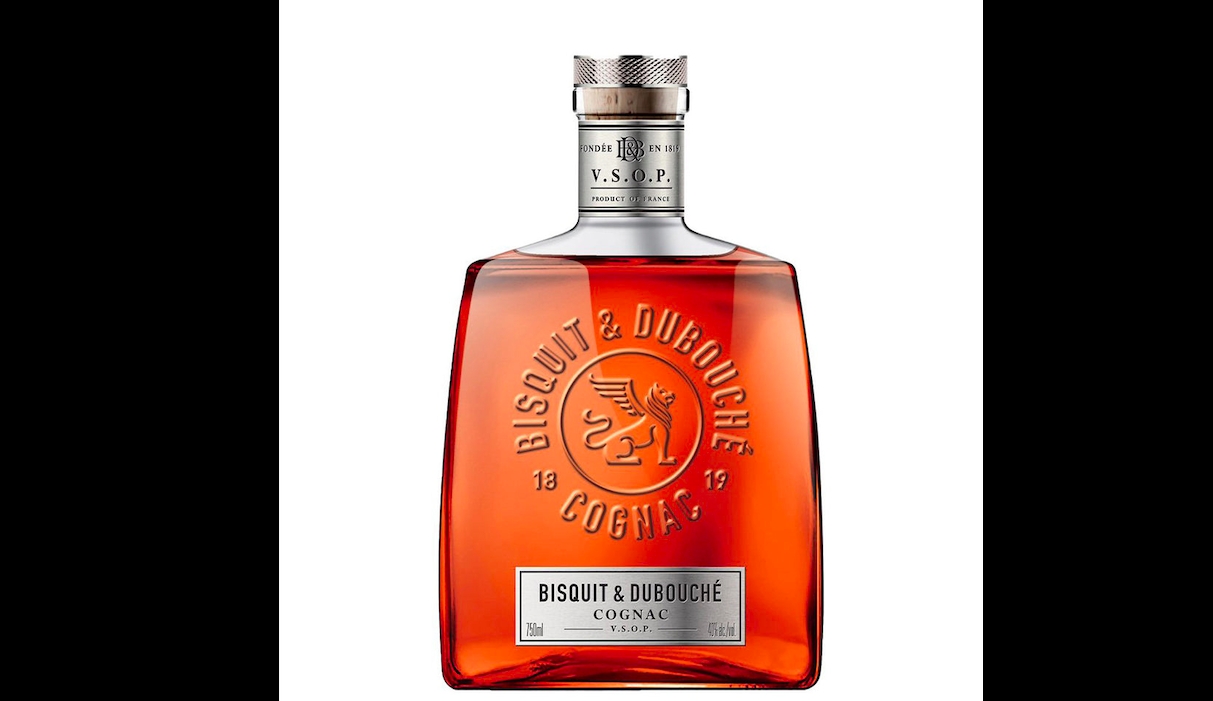
ABV: 40%
Average Price: $73
The Brandy:
This fairly new Cognac comes from the famed Maison Fondée Cognac, which has been producing great brandy for over 200 years. The juice in the bottle is made from grapes harvested in the Grande Champagne, Petite Champagne, Fin Bois, and Bons Bois regions of Cognac and built to suit a modern, American palate.
Bottom Line:
This bottle was very nice but a little tannic for my palate. It was soft and smooth otherwise and would have really shined with a single rock, which would have let some more flavors bloom in the glass.
5. Remy Martin Cognac VSOP — Taste 3
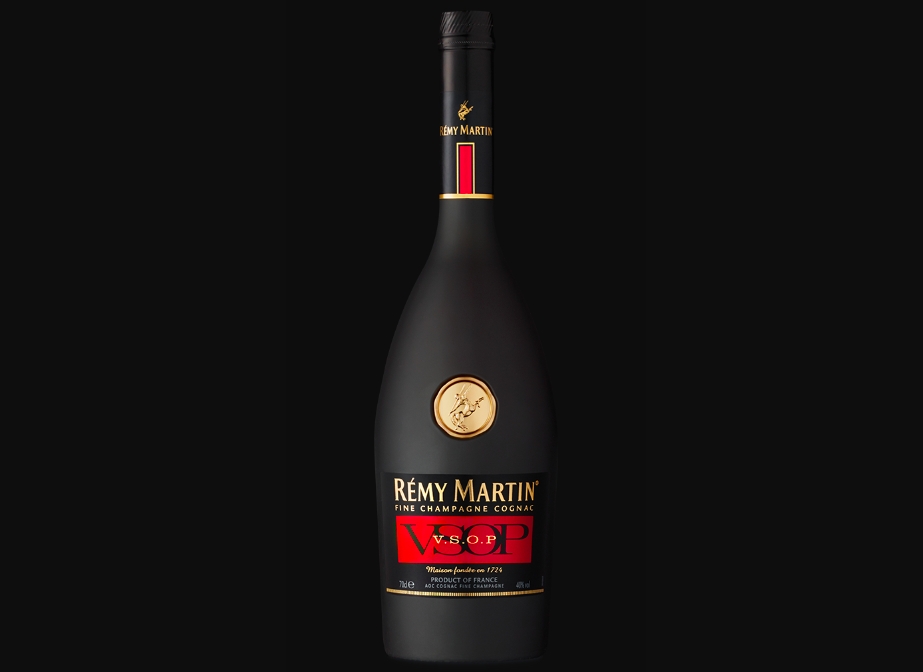
ABV: 40%
Average Price: $64
The Brandy:
This classic brandy is nearly 100 years old. The majority of the grapes come from the Grand Champagne region of Cognac with a vast majority of the grapes being Ugni Blanc. The spirit ages for four to 12 years before blending, proofing, and bottling.
Bottom Line:
This felt classic and a little basic. That’s not to say this wasn’t a tasty sip. It was. But I was left wanting to make a killer cocktail more than sip it neat.
4. Omage XO American Hand-Crafted Brandy — Taste 4
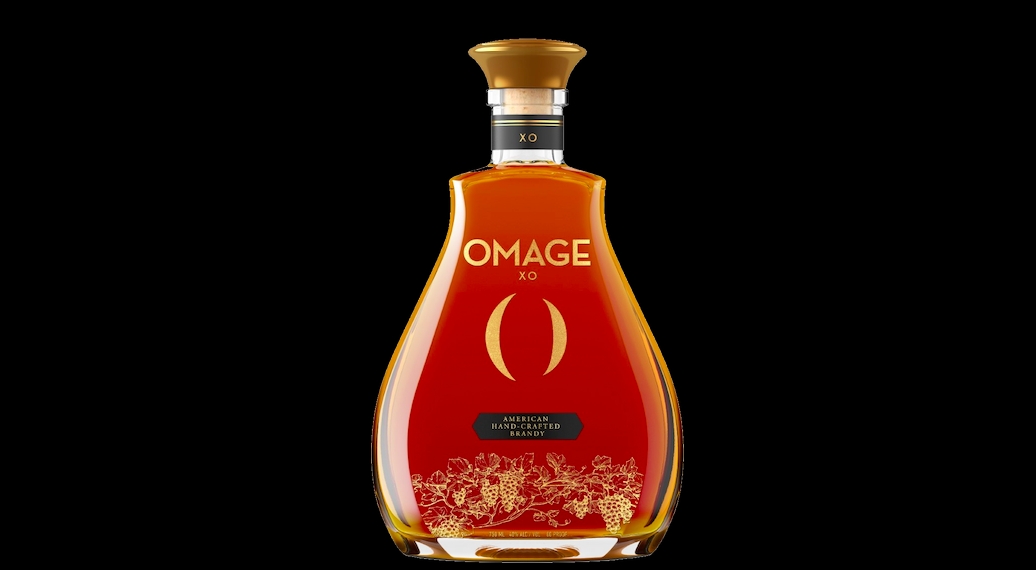
ABV: 40%
Average Price: $89
The Brandy:
Omage XO is as close as American brandy can get to being Cognac. The process is essentially the same but made from grapes grown in Central California that are fermented, distilled, and aged locally in that region to the same standards as brandy in Cognac.
Bottom Line:
This was the first pour I really wanted more of, even neat. It’s delicate and deep while still feeling very accessible as a sipper. That said, I really want to make a Sazerac with this.
3. Ciroc VS French Brandy — Taste 1

ABV: 40%
Average Price: $30
The Brandy:
Ciroc is a “French Brandy” being that it’s not made in Cognac. The distillate is made from French grapes and follows classic French brandy traditions otherwise from fermentation to distillation to aging.
Bottom Line:
Maybe it’s because this was the first taste, but this was pretty drinkable neat. It was straightforward and had a nice balance of flavors.
2. Hennessy VS Cognac — Taste 7
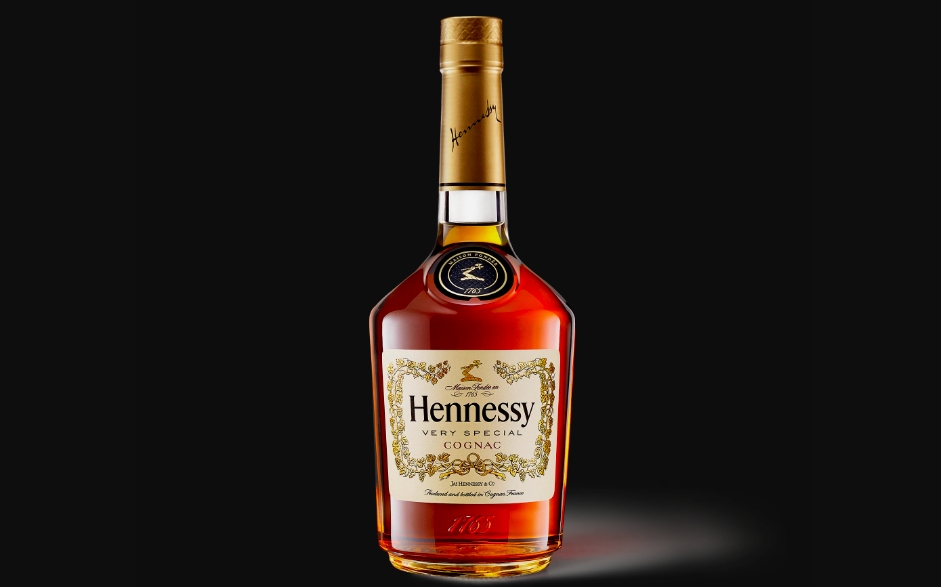
ABV: 40%
Average Price: $45
The Brandy:
Ol’ Henney Lo. This entry-point to the wide world of Hennessy is a blend of over 40 brandies (or eau-de-vie) that were aged a minimum of two years. The grapes are exclusively Ungi Blanc and grown in the core regions of Cognac.
Bottom Line:
This was a good brandy all around. It was easy and tasty. What more could you want? Okay, it lacked the depth of the next entry but not by much.
1. D’Usse Cognac VSOP — Taste 8
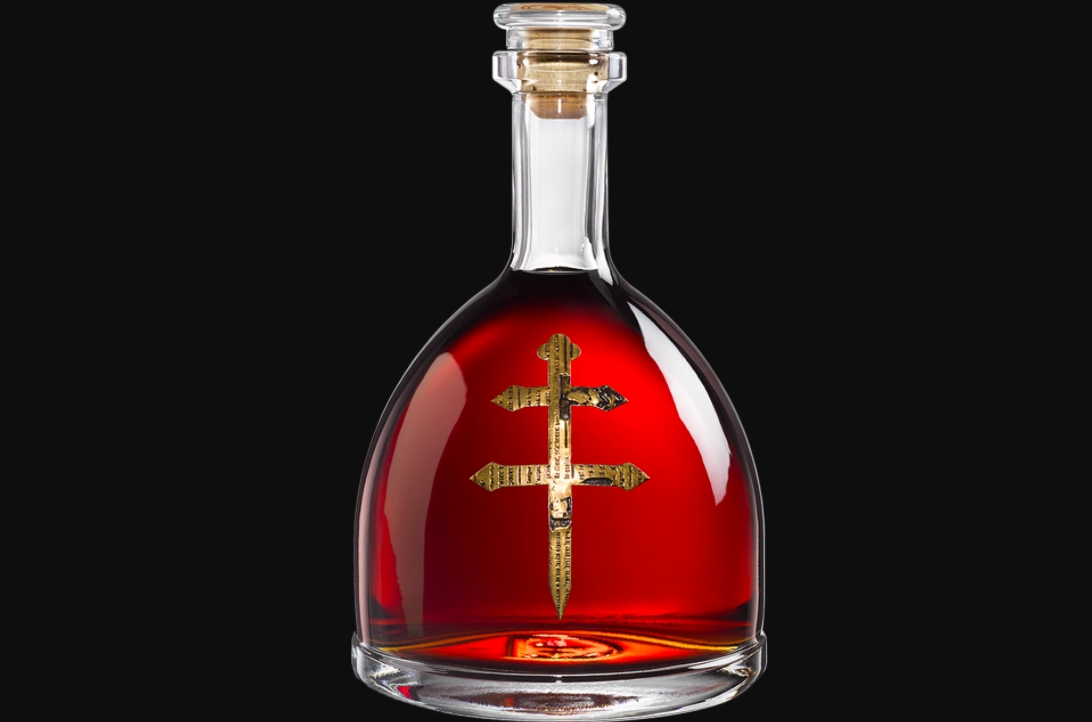
ABV: 40%
Average Price: $59
The Brandy:
This is Jay-Z’s signature brand. The juice in the bottle goes way back to Baron Otard from the famed Château de Cognac. The new line was re-crafted to suit American palates and includes a blend of Cognacs that are aged at the château for four to eight years before blending, proofing, and bottling.
Bottom Line:
This was the most nuanced and deeply hewn brandy on the panel — not by far, but enough. Overall, it was just delicious and great for the price. I can see sipping this neat after a meal or on the rock near a bbq in the backyard. This is the good stuff.
Part 3: Final Thoughts

These were some damn fine brandies. Each one had its own vibe and purpose — it was obvious that the Korbel was made for mixing and I’m not going to knock that clarity of purpose. In the end, the top two would be my picks for must-haves on your bar cart. I mean, you should have a bottle of Henny anyway. But that D’Usse VSOP is a damn fine addition, too.







